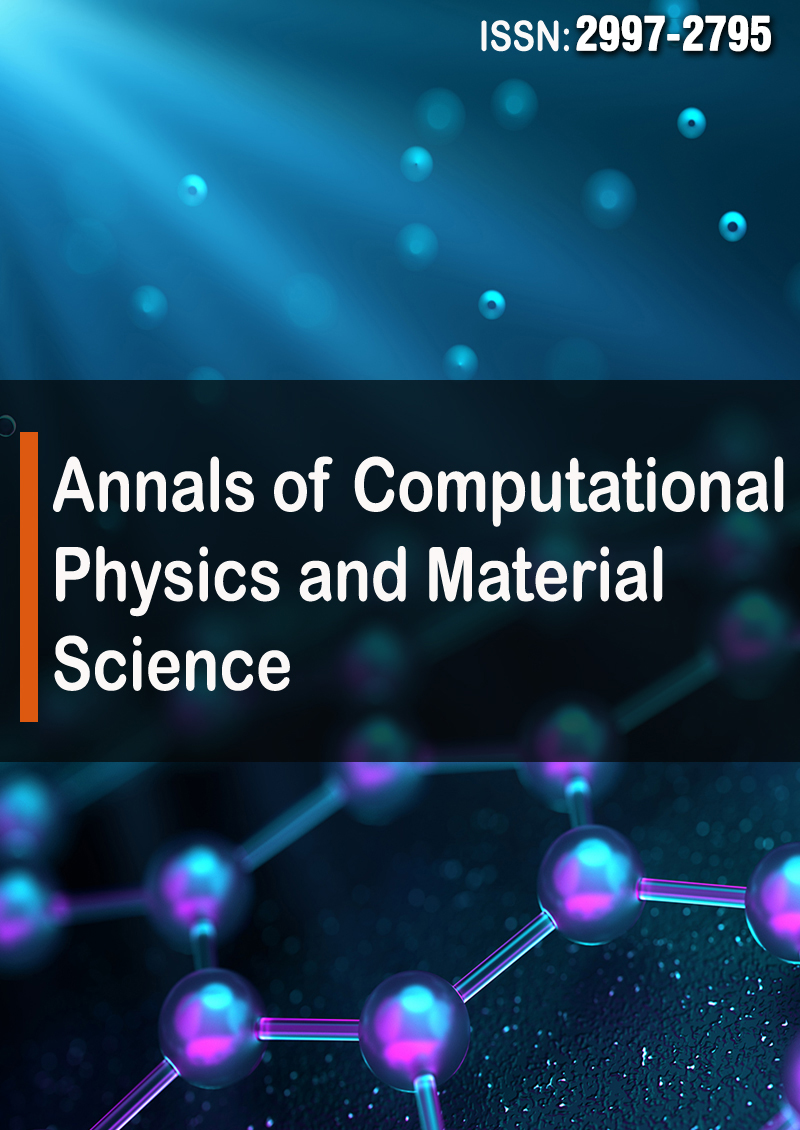About Cosmic Microwave Background Radiation (CMBR)
Abstract
Gerd Pommerenke
Because the CMBR follows the PLANCK's radiation law more or less exactly, it should, because of the indistinguishability of individual photons, apply to a whatever black emitter. Therefrom arises the guess, that the existence of an upper cut- off frequency of the vacuum could be the cause for the decrease in the upper frequency range. Since the lower-frequent share of the curve correlates with the frequency response of an oscillating circuit with the Q- factor 1⁄2, it is examined, whether it succeeds to approximate the Planck curve by multi-plication of the initial curve with the dynamic, time- dependent frequency response of the above-mentioned model. Reason of the time-dependence is the expansion of the universe. This work is based on a model published in [1]. It is shown, that the PLANCK graph can be approximated by application of the cumulative frequency response given by the model, upon the spectrum of an oscillatory circuit with the Q-factor 1⁄2. Furthermore, the progression of frequency, energy and entropy is analysed. The results point out, that origin and progression of the CMBR have elapsed in a totally different manner than generally assumed. Because photons behaved like neutrinos immediately after BB they did not interact with other matter then. Thus, we can exactly calculate back to 8.08·10–106s instead of 379,000 years after BB. Section 6 has been reworked.



